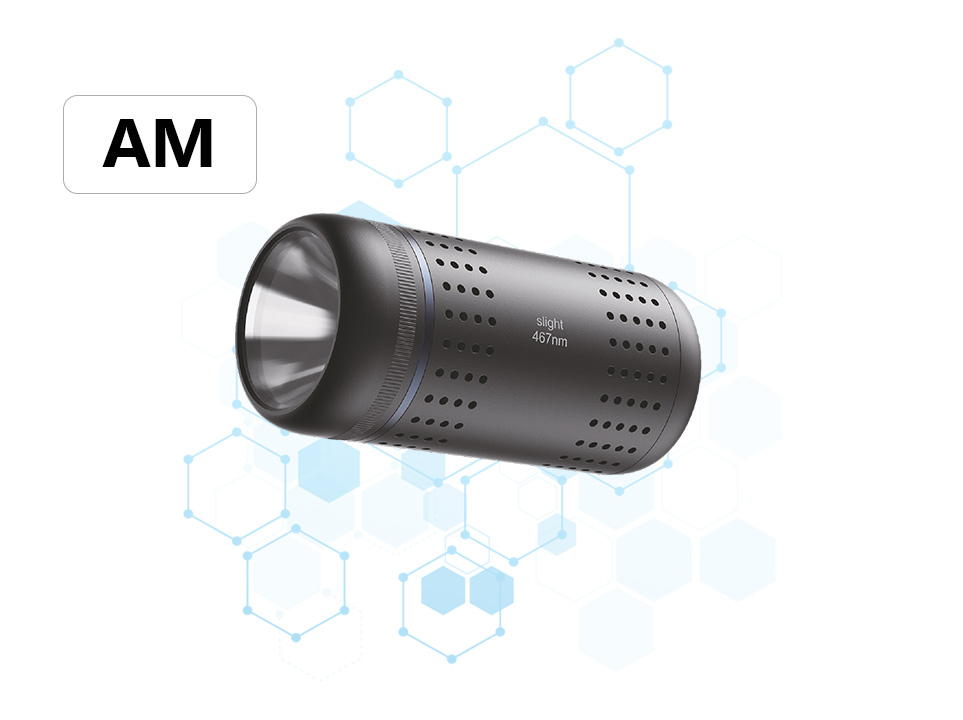Analysis of the application advantages of optical fluid reactors
Abstract: Optical fluid reactors, characterized by their unique microchannel structure, have demonstrated significant advantages in various chemical reaction processes. This paper systematically analyzes the application benefits of optical fluid reactors, highlighting their high heat and mass transfer efficiency, excellent flow performance, precise temperature control, enhanced safety, high productivity, compact size, ease of operation and automation, simple scaling-up, and strong applicability to high-risk processes. The findings suggest that optical fluid reactors offer a promising alternative to traditional reactors in various industrial applications.
Keywords: optical fluid reactors, microchannel reactors, heat and mass transfer, temperature control, productivity, safety
Introduction
Optical fluid reactors, as a type of specialized chemical reactor, have garnered significant attention due to their unique design and operational benefits. These reactors utilize microchannels to enhance heat and mass transfer, leading to improved reaction rates and product yields. This paper delves into the various application advantages of optical fluid reactors, providing insights into their potential for revolutionizing chemical processing.
High Heat and Mass Transfer Efficiency
The small channel size of optical fluid reactors results in short heat and mass transfer distances, enabling higher efficiency in these processes. This, in turn, increases reaction rates and product yields, making optical fluid reactors particularly suitable for reactions requiring rapid heat and mass transfer.
Excellent Flow Performance
Optical fluid reactors exhibit uniform flow and rapid mixing, mitigating issues such as incomplete mixing and local clogging that are common in traditional reactors. This ensures consistent reaction conditions and enhances the overall efficiency of the process.
Precise Temperature Control
The small thermal inertia of optical fluid reactors allows for precise temperature control, which is crucial for reactions requiring strict temperature regulation. This precision ensures optimal reaction conditions and enhances product quality.
Enhanced Safety
The micrometer-sized channels of optical fluid reactors effectively prevent "runaway" temperature excursions, thereby controlling reactions within safe limits. Even if a problem arises, it is confined to a single channel, preventing chain reactions and severe consequences. This enhances the overall safety of the process.
High Productivity
Optical fluid reactors enable continuous production, with simultaneous feeding and discharging of reactants. The short residence time of reactants leads to more efficient reactions, resulting in higher productivity compared to batch production in traditional reactors.
Compact Size and Reduced Footprint
Unlike the bulky tanks of traditional reactors, optical fluid reactors utilize multiple microchannels for continuous production. This results in a smaller reactor size and a reduced footprint, making them ideal for space-constrained environments.
Ease of Operation and Automation
The continuous production process in optical fluid reactors simplifies operation and facilitates automation. Once the equipment is started, it can operate continuously unless maintenance is required. Operators only need to monitor the equipment and products, making the process straightforward and easy to automate.
Simple Scaling-Up
Optical fluid reactors can be scaled up by increasing the number of parallel microchannels, which is simpler than scaling up traditional reactors by increasing tank size. This makes it easier to adapt optical fluid reactors to larger-scale production.
Strong Applicability to High-Risk Processes
Optical fluid reactors demonstrate strong applicability to high-risk processes that may be difficult or impossible to perform in traditional reactors. Their unique design and operational benefits make them suitable for exploring and implementing high-risk processes that were previously unfeasible.
Conclusion
Optical fluid reactors offer a range of application advantages, including high heat and mass transfer efficiency, excellent flow performance, precise temperature control, enhanced safety, high productivity, compact size, ease of operation and automation, simple scaling-up, and strong applicability to high-risk processes.





